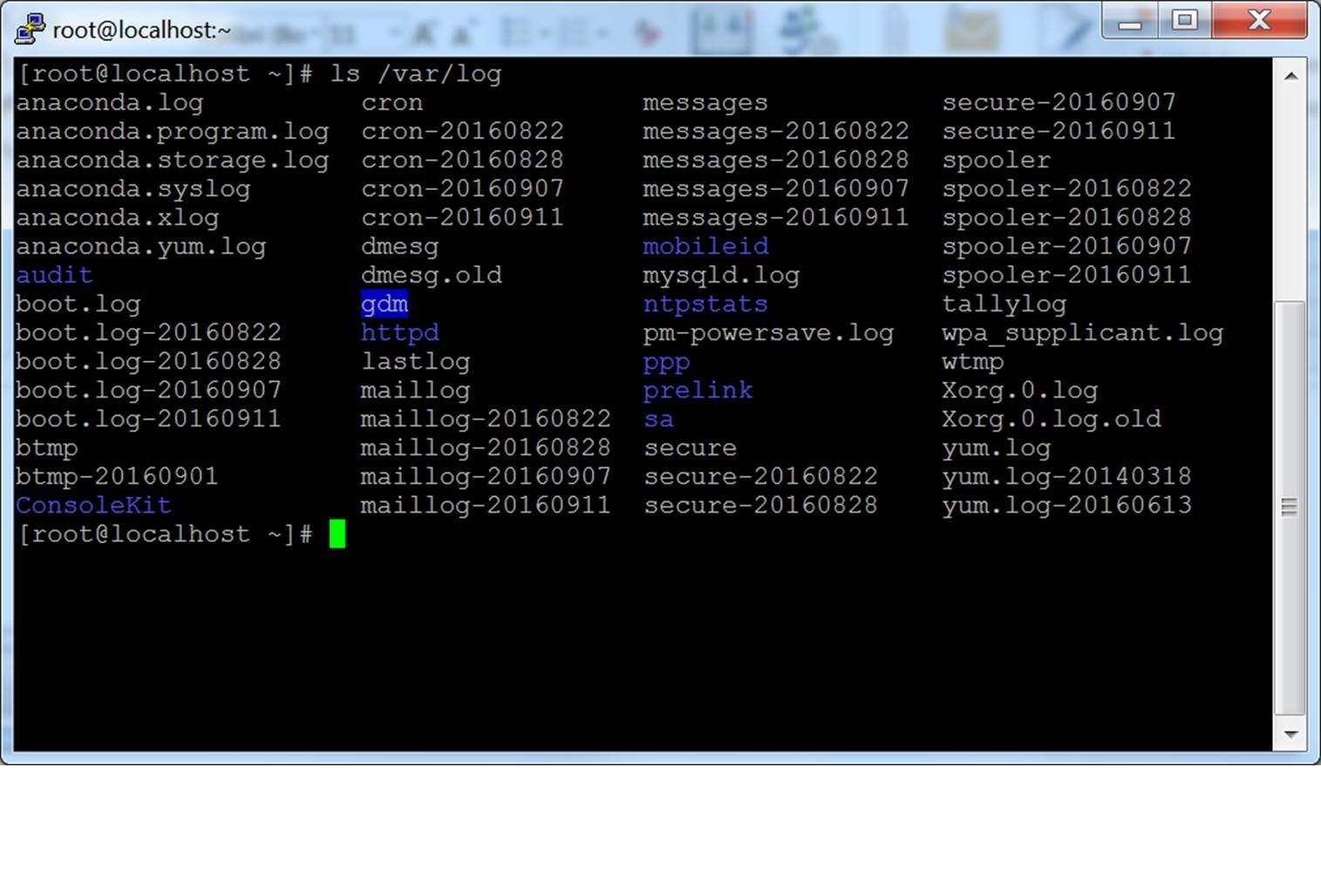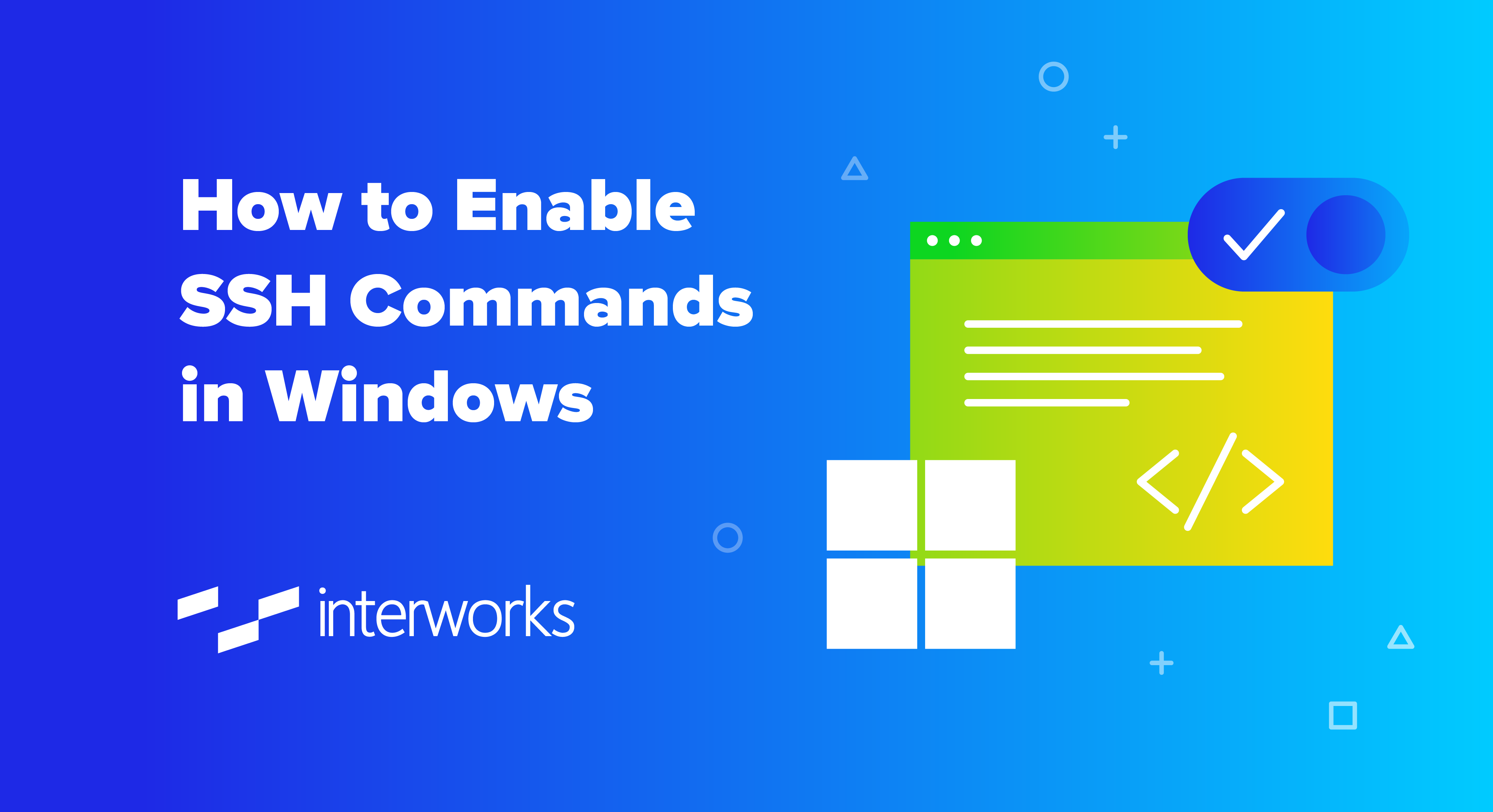In today's interconnected world, the ability to seamlessly manage remote devices and networks is no longer a luxury but a necessity. Whether you're a seasoned developer, a meticulous network administrator, or a curious tech enthusiast, understanding how to securely connect to your virtual private cloud (VPC) using SSH on Windows 10 is paramount. This comprehensive guide will illuminate the path to mastering "remoteiot vpc ssh download windows 10," empowering you to interact with your remote infrastructure with confidence and efficiency.
From setting up your initial Secure Shell (SSH) client to securely transferring files and managing a remote IoT platform like a Raspberry Pi, we'll break down the process step by step. This knowledge is invaluable for anyone looking to streamline their remote server management, enhance operational security, and unlock the full potential of their IoT deployments within a VPC environment. Get ready to transform your remote management capabilities.
Table of Contents
- Understanding the Core Components: RemoteIoT, VPC, and SSH
- Prerequisites for RemoteIoT VPC SSH on Windows 10
- Configuring SSH Server on Windows 10 (If Acting as Server)
- Establishing Your First RemoteIoT VPC SSH Connection
- Leveraging SSH for Remote IoT Management and Interaction
- The Raspberry Pi Connection: RemoteIoT VPC SSH for File Downloads
- Advanced Tips and Best Practices for RemoteIoT VPC SSH
- Troubleshooting Common RemoteIoT VPC SSH Issues
- Conclusion
Understanding the Core Components: RemoteIoT, VPC, and SSH
Before we dive into the practical steps of "remoteiot vpc ssh download windows 10," it's crucial to grasp the fundamental concepts that make this powerful combination possible. Each component plays a vital role in creating a secure, efficient, and scalable remote management system. **Remote IoT (Internet of Things):** At its heart, Remote IoT refers to the capability of managing and interacting with physical devices (like sensors, actuators, smart appliances, or even a Raspberry Pi) over a network, from a distant location. This means you can monitor data, send commands, update firmware, or troubleshoot issues without physically being next to the device. Imagine you’re running a smart home setup with several IoT devices connected to a Raspberry Pi, and you need to manage them, send commands, or even download configuration files. Remote IoT is the framework that allows this remote interaction. **Virtual Private Cloud (VPC):** A VPC is a private, isolated section of a public cloud where you can launch resources in a virtual network that you define. Think of it as your own secure, customizable data center within a larger cloud provider's infrastructure. VPCs offer enhanced security, network control, and the ability to define your own IP address ranges, subnets, route tables, and network gateways. This isolation is critical for sensitive IoT deployments, ensuring that your devices and data are protected from the broader internet. Connecting to your VPC securely is the backbone of remote management. **Secure Shell (SSH):** SSH is a cryptographic network protocol for operating network services securely over an unsecured network. It provides a secure channel over an unsecured network by using a client-server architecture, connecting an SSH client application with an SSH server. SSH is widely used for remote command-line login and remote command execution, but it also supports tunneling, forwarding TCP ports, and X11 connections. For our purposes, SSH is the primary tool you’ll need to establish a secure and efficient way to manage and interact with remote devices and networks within your VPC from your Windows 10 machine. It encrypts all traffic, preventing eavesdropping, connection hijacking, and other attacks. Together, RemoteIoT, VPC, and SSH form a robust ecosystem. Your IoT devices reside within the secure confines of a VPC, and SSH acts as the encrypted bridge, allowing your Windows 10 machine to securely communicate with and manage these devices, even facilitating tasks like "remoteiot vpc ssh download windows 10" for files or configurations.Prerequisites for RemoteIoT VPC SSH on Windows 10
Before you can confidently set up and manage your remoteiot vpc ssh connection on Windows 10, ensuring you have the necessary tools and configurations in place is essential. Skipping these preliminary steps can lead to frustration and connectivity issues.Your Windows 10 Machine
First and foremost, you'll need a computer running Windows 10. While this might seem obvious, it's important to ensure your system is up to date with the latest security patches and feature updates. Having administrative privileges on your Windows 10 machine is also crucial, as you'll be installing software and potentially modifying system settings like firewall rules. A stable internet connection is, of course, a given for any remote operation.Choosing and Installing an SSH Client
The primary tool you’ll need is an SSH client. This software allows your Windows 10 machine to initiate secure SSH connections to remote servers or IoT devices. Several options are available for Windows 10, each with its own advantages: * **OpenSSH Client (Built-in):** Windows 10 (since Fall Creators Update) includes an OpenSSH client by default. This is a widely used, free, and open-source solution. To ensure it's enabled, go to `Settings > Apps > Apps & features > Optional features`. Look for "OpenSSH Client" and install it if it's not already there. Once installed, you can use it directly from PowerShell or Command Prompt. * **PuTTY:** For many years, PuTTY has been a go-to choice for Windows users. It's a free and open-source terminal emulator, serial console, and network file transfer application. It's lightweight and very reliable. You can download and install PuTTY from its official website. * **Windows Terminal:** While not strictly an SSH client itself, Windows Terminal is a modern, multi-tabbed command-line interface that can host multiple command-line shells, including PowerShell and Command Prompt. When combined with the built-in OpenSSH client, it provides a superior user experience. You can download Windows Terminal from the Microsoft Store. For the purpose of "remoteiot vpc ssh download windows 10," any of these clients will suffice. If you're looking for simplicity and integration, the built-in OpenSSH client via PowerShell or Windows Terminal is often the most straightforward. To download and install an SSH client such as PuTTY or Windows Terminal, simply visit their respective official download pages and follow the installation prompts.Setting Up Your Remote IoT Platform (e.g., Raspberry Pi)
Before setting up remoteiot vpc ssh on Raspberry Pi with Windows 10, you'll need to download and install the necessary software on your remote device. This typically includes the Raspberry Pi operating system (Raspberry Pi OS, formerly Raspbian) and ensuring SSH is enabled on it. For a Raspberry Pi, this usually involves: 1. **Downloading Raspberry Pi OS:** Head over to the official Raspberry Pi website and download the operating system image. 2. **Flashing the OS:** Use a tool like Raspberry Pi Imager (also available from the official site) to write the OS image to a microSD card. 3. **Enabling SSH:** Before booting the Pi, you can create an empty file named `ssh` (no extension) in the boot partition of the SD card. This will enable SSH automatically on the first boot. Alternatively, you can enable it manually after booting via the `raspi-config` tool. 4. **Network Configuration:** Ensure your Raspberry Pi is connected to your network (Wi-Fi or Ethernet) and can access the internet. It should also be configured to be accessible within your VPC, if applicable. Mastering the management of Raspberry Pi remotely with remote IoT management is a cornerstone of this entire process.Configuring SSH Server on Windows 10 (If Acting as Server)
While the primary focus of "remoteiot vpc ssh download windows 10" often involves using Windows 10 as the client to connect to a remote IoT device or VPC server, there might be scenarios where you want your Windows 10 machine to act as an SSH server. This allows other devices (including your Raspberry Pi or another client) to securely connect to your Windows 10 PC. Enabling the SSH server on Windows 10 is a straightforward process, thanks to the built-in OpenSSH Server. Follow these steps to configure your system for remoteiot vpc ssh as a server: 1. **Install OpenSSH Server:** * Go to `Settings > Apps > Apps & features`. * Click on "Optional features" (under "Apps & features" heading). * Click "Add a feature". * Scroll down and find "OpenSSH Server". Select it and click "Install". 2. **Start the SSH Service:** * Open the "Services" application (you can search for it in the Start Menu). * Find "OpenSSH SSH Server" in the list. * Right-click on it and select "Properties". * In the "Startup type" dropdown, select "Automatic". * Click "Apply", then click "Start" to immediately start the service. Click "OK". 3. **Configure Windows Firewall:** * By default, Windows Firewall might block incoming SSH connections. You need to create a rule to allow them. * Open "Windows Defender Firewall with Advanced Security" (search for it in the Start Menu). * In the left pane, click "Inbound Rules". * In the right pane, click "New Rule...". * Select "Port" and click "Next". * Select "TCP" and enter "22" (the default SSH port) for "Specific local ports". Click "Next". * Select "Allow the connection" and click "Next". * Choose when the rule applies (e.g., "Domain", "Private", "Public"). For home use, "Private" is often sufficient, but consider your network environment. Click "Next". * Give the rule a name (e.g., "SSH Server Inbound") and an optional description. Click "Finish". Once these steps are completed, your Windows 10 machine will be ready to accept incoming SSH connections. This is particularly useful for scenarios where you need to transfer files from your Raspberry Pi to your Windows machine using SCP or SFTP, or if you need to remotely manage your Windows PC from another device within your VPC.Establishing Your First RemoteIoT VPC SSH Connection
Now that you have your SSH client installed and your remote IoT platform (like a Raspberry Pi) prepared, it's time to make your first secure connection. This is where the power of "remoteiot vpc ssh on Windows 10" truly comes to life, allowing you to securely access and manage your remote resources. Here’s how to establish the connection using the built-in OpenSSH client via PowerShell or Windows Terminal: 1. **Open your SSH Client:** * Launch PowerShell or Windows Terminal from your Start Menu. 2. **Enter the SSH Command:** * The basic SSH command format is `ssh [username]@[IP_address_or_hostname]`. * You'll need the IP address of your Raspberry Pi or the hostname of your VPC server. If your Raspberry Pi is on your local network, you can find its IP address using network scanning tools or by logging into your router. If it's within a VPC, you'll use its private or public IP address assigned by your cloud provider. * For example, if your Raspberry Pi's username is `pi` and its IP address is `192.168.1.100`, you would type:Related Resources:



Detail Author:
- Name : Augustus Borer
- Username : rudy.kuphal
- Email : antonette.beier@hotmail.com
- Birthdate : 1986-08-04
- Address : 60648 Jaskolski Curve Suite 980 Port Montechester, IA 89815-3650
- Phone : 941-959-5823
- Company : Bruen LLC
- Job : Recordkeeping Clerk
- Bio : Nihil ea modi distinctio illum quibusdam corporis. Voluptatibus ut laborum iusto eveniet non explicabo. Commodi porro adipisci ut iste.
Socials
tiktok:
- url : https://tiktok.com/@dustyconn
- username : dustyconn
- bio : Non cumque voluptates ex nihil itaque.
- followers : 1045
- following : 1965
instagram:
- url : https://instagram.com/dusty.conn
- username : dusty.conn
- bio : Error iusto quos rerum. Consectetur sequi sit nesciunt veniam veritatis iusto quae.
- followers : 5007
- following : 1583